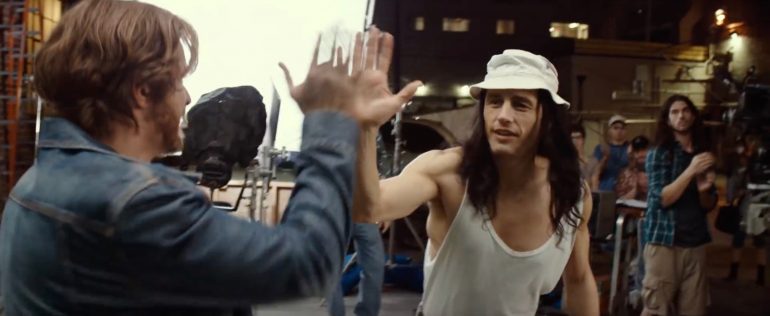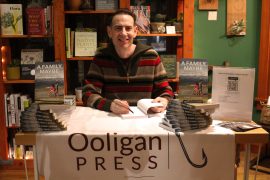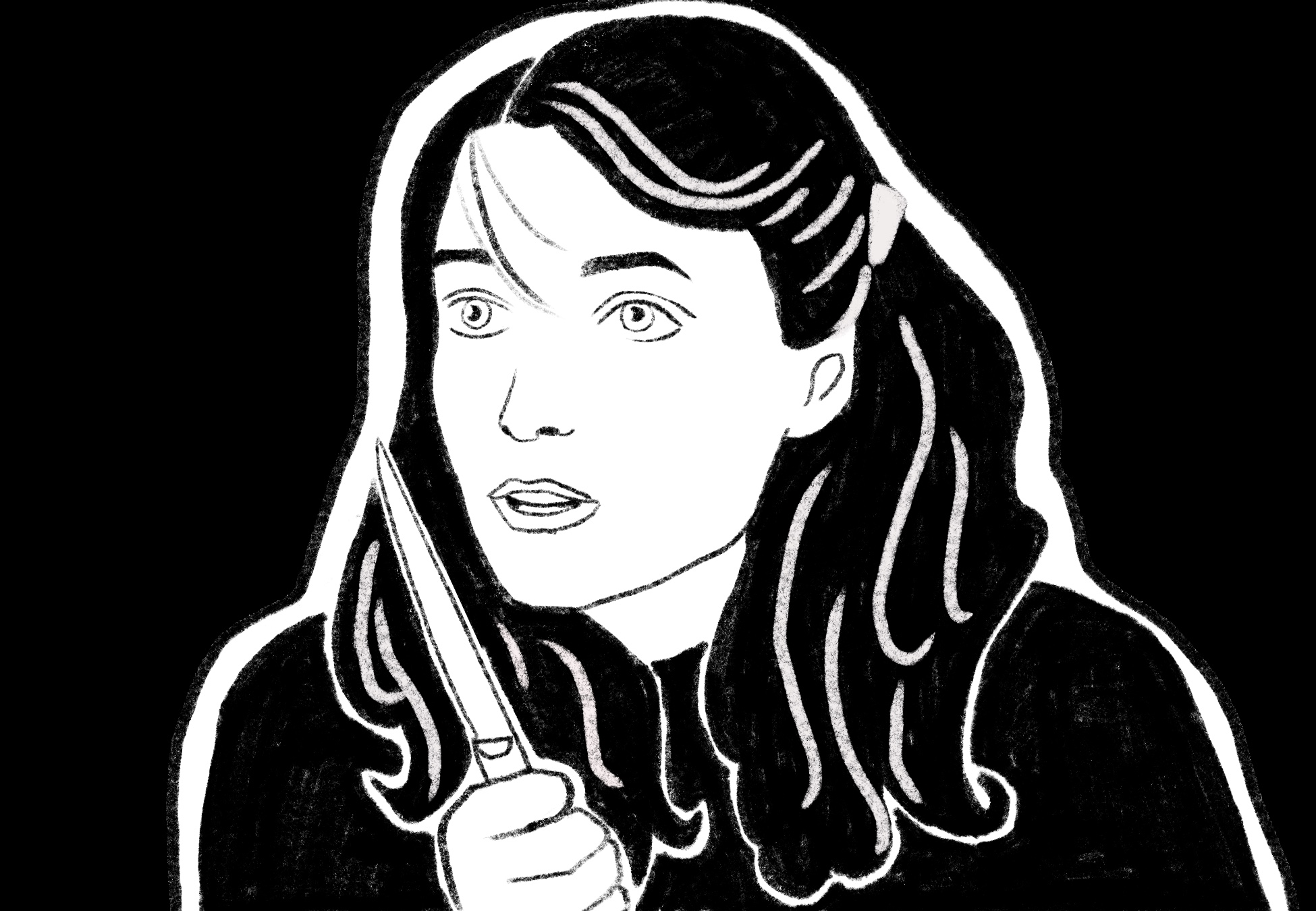When Greg Sestero spoke at Cinema 21 on Dec. 8, he told the audience that a review of the very first Portland screening of “The Room” pulled him out of the shame of having starred in it, and spurred him to write “The Disaster Artist: My Life Inside ‘The Room,’ The Greatest Bad Movie Ever Made.” The memoir details Sestero’s friendship with writer, director, producer, and star Tommy Wiseau and his experience making “The Room.” It wasn’t long after the publication of these experiences that James Franco called him wishing to adapt them into film.
The result is “The Disaster Artist,” a film that is everything “The Room” is not. For starters, it’s a good movie. The plot is coherent, the performances impressive, the message clear. “The Disaster Artist” is a film about friendship, dedication, dreams, and the movie that skyrocketed possible madman Tommy Wiseau to a complex kind of cult stardom. It’s also a film about comfort zones, and the beauty of breaking down the walls that exist both within oneself and externally.
Throughout the movie, Sestero (Dave Franco) struggles with being in any sort of spotlight, while Wiseau (James Franco) is desperate to be seen. Wiseau is unapologetically himself, pushing Sestero to join him outside the influence of what others think, and Sestero finds himself enchanted by living with the sort of raw and reckless abandon that he sees in the man sitting across from him. The push and pull of this relationship— Sestero pulling away and Wiseau pushing his limits— is the dynamic that drives the film. It is charming to watch Sestero slowly break out of his self consciousness, and while there is a certain cringe-inducing quality to it, it is endearing also to see Wiseau coax him out of that shell.
While the film was marketed as a ‘making-of’ story of how (as Sestero puts it) the greatest-bad-movie-ever-made came to be, the more direct focus is on the relationship between Sestero and Wiseau. The story picks up in the 1998 acting class where the two met and follows them as they form a friendship, move to Los Angeles together, and struggle trying to make it big before Wiseau sits down to write his muddled, excessive script. It is the drama in their personal relationship that takes up the majority of the film, with the actual making of “The Room” taking a backseat to the highs and the rough patches in their friendship. While their bond starts strong and grows fast, it begins to go downhill as Sestero moves out of the apartment he shares with Wiseau to live with his girlfriend. Wiseau becomes jealous and lashes out at Sestero while parallel tensions rise on the set of “The Room,” complicating the friendship further. After the movie wraps, Sestero walks out of Wiseau’s life, abandoning him and refusing to see him until the premier of “The Room” many months later.
At the end of “The Disaster Artist,” as Wiseau steps up onstage to take the first of many bows for a thoroughly entertaining piece of work, it is not a celebration of the movie he made, but a celebration of coming back together with Sestero and making amends that the audience can most identify with. In a certain way, Sestero and Wiseau are painted as soul mates and kindred spirits— they may separate or fall out at times, but they will find their way back to each other regardless of what it is that drove them apart, and it is through this bond that “The Room” was even made possible to begin with, for better or for worse.
This article originally appeared in the print edition of our January 2018, issue.





